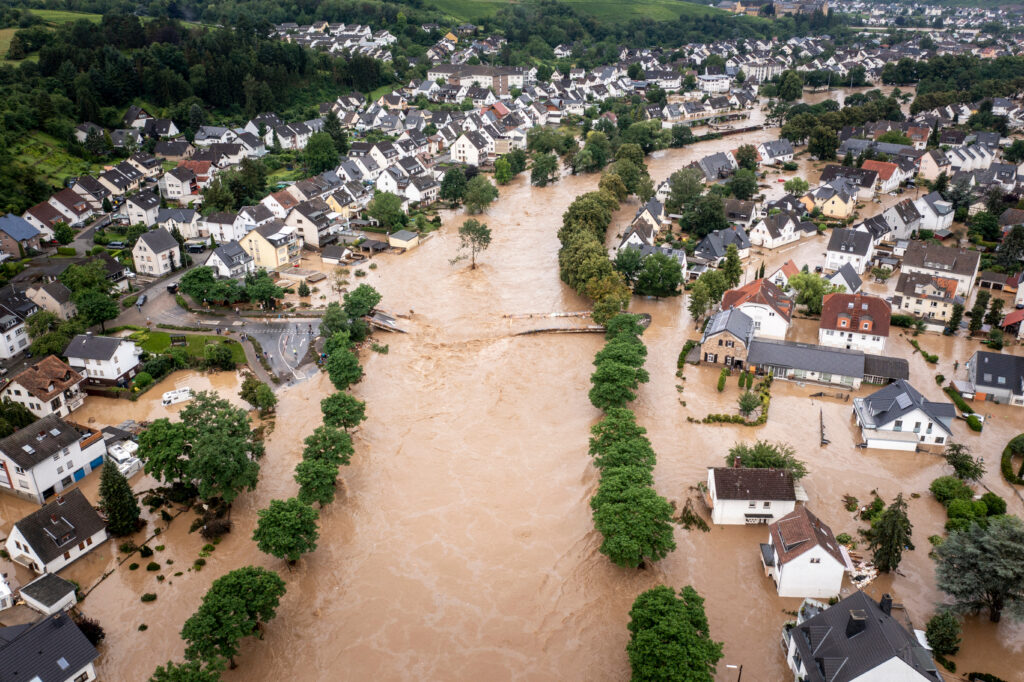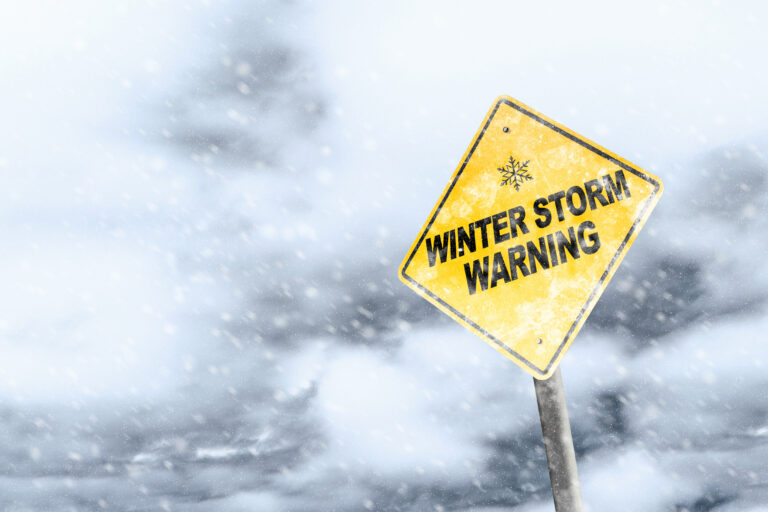Not Your Average Flood Warning
Flood alerts are issued fairly often, but a Flash Flood Emergency is something entirely different. This rare and extreme warning signals a life-threatening situation where severe, often catastrophic flooding is either happening or about to happen. While standard flood warnings give people time to prepare, a flash flood emergency means it’s already too late for that—it’s time to act immediately.
Flash flood emergencies are typically reserved for the most severe events, like dam failures, tropical systems dumping historic rainfall, or rapid urban flooding in densely populated areas. These warnings are issued by the National Weather Service (NWS) only when flooding poses an imminent threat to life and property, often unfolding in real time.
Flash Flood Emergencies Are the Highest Level Alert
When it comes to flood alerts, the hierarchy goes from advisory, to watch, to warning—but flash flood emergencies go above and beyond. They are the top tier of urgency in the NWS warning system. These alerts are sometimes accompanied by phrases like “catastrophic flooding” or “this is a particularly dangerous situation,” which are used only in the most critical moments.
They are issued when forecasters are confident that rapid, deep flooding is already occurring or about to, and when that flooding poses a direct and severe risk to human life. In many cases, these warnings come as floodwaters are overwhelming roads, homes, and emergency response systems.
These Events Happen Fast and Leave Little Time to React
Unlike river floods that rise gradually, flash floods happen suddenly—often within minutes or a few hours of intense rainfall. That’s what makes them so dangerous. Once the water starts rising, it can become impassable or deadly before you even realize the threat is there.
Flash flood emergencies are issued when conditions escalate beyond a normal warning. In these scenarios, entire neighborhoods may flood in moments. Roads may turn into rivers, and low-lying areas can become deadly traps. This is why you often hear the phrase: “Turn around, don’t drown.”
Urban Areas Are Especially Vulnerable
Cities are often hit hardest during flash flood emergencies. With so many paved surfaces, rainwater has nowhere to go, overwhelming storm drains and causing water to rise rapidly. Subways, basements, underpasses, and intersections can fill up fast, catching people off guard—especially if the flooding happens at night.
Flash flood emergencies in urban areas can paralyze entire cities, halt transportation, and leave people stranded in homes or vehicles. Some of the most infamous examples in recent years have occurred in New York City, Houston, and parts of Kentucky and Tennessee, where extreme rainfall overwhelmed infrastructure in a matter of hours.
When You See This Alert, It’s Time to Act Immediately
If a flash flood emergency is issued in your area, don’t wait. Move to higher ground immediately, avoid driving, and do not attempt to walk through floodwaters. Six inches of moving water can knock a person off their feet, and just a foot of water can carry away most vehicles.
The alert is your final warning—not a heads-up to get ready. It means flooding is already happening or about to hit with full force. Monitor emergency broadcasts, follow instructions from local officials, and make sure your phone is set to receive wireless emergency alerts.
Be Ready Before It Happens
Because flash flood emergencies unfold so quickly, the best way to stay safe is to prepare ahead of time. Know if you live in a flood-prone area, have an evacuation plan, and pay close attention to weather forecasts during heavy rain events.
Flash flood emergencies may be rare, but when they happen, they can be devastating. Recognizing the urgency of this alert—and acting fast—can mean the difference between life and death.


